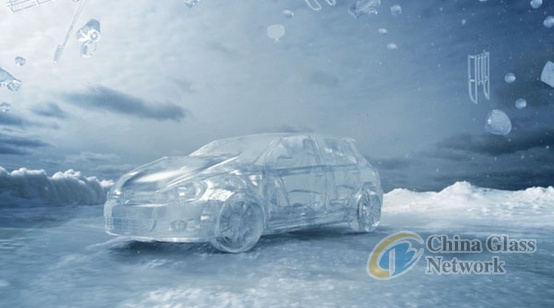Post Time:May 16,2019Classify:Industry NewsView:1090
In a letter addressed to Congress, a coalition of manufacturers, advocacy groups and trade associations petitioned national leaders to update and reinstate energy efficiency tax incentives which expired two years ago. Last week, the group, which includes window, air conditioner and insulation manufacturers, presented Congress a proposed list of incentives it said would both modernize and improve expired incentives. If extended, the group suggests the incentives would save energy, create jobs and reduce the country’s carbon emissions.
In a news release from the Alliance to Save Energy (ASE), the group leading the charge, the nonprofit said, “The tax incentives are aimed at reducing energy intensity in U.S. homes and buildings, which account for 40% of U.S. energy consumption, much of it wasted as a result of inefficient equipment and leaky building envelopes.”
ASE’s efforts are joined by those of other environmental and efficiency groups, like the Natural Resources Defense Council (NRDC), Citizens for Responsible Energy Solutions (CRES) and the American Council for an Energy-Efficient Economy. Andersen Window and Doors, along with ASHRAE, the U.S. Green Building Council, Covestro LLC and Dallas-Fort Worth International Airport (which recently installed dynamic glazing), are also part of the coalition.
“Every member of Congress should support this legislation because it unlocks investment, creates jobs and helps tackle climate change,” said ASE president Jason Hartke. “This is climate policy. It’s jobs policy. It’s energy policy. It’s all of that, with the bonus that it will significantly reduce energy bills for consumers and businesses and create a stronger, more competitive U.S. economy.”
In its request for modern and extended tax incentives, the group urges Congress to “address it as quickly as possible,” calling the effort a “bipartisan opportunity that would accomplish a number of shared goals.”
Specifically, the coalition addresses three expired energy efficiency incentives:
Section 179D Commercial Building Tax Deduction – The provision provides a tax deduction of up to $1.80 per square foot to help offset some of the costs of energy-efficient components and systems for commercial and large multifamily buildings.
Section 25C Homeowner Efficiency Credit – This provision provides a 10% tax credit (lifetime cap of $500) to homeowners for energy efficiency improvements, including envelope improvements, such as insulation, and heating and cooling upgrades.
Section 45L Energy Efficient Home Credit – Currently, this incentive provides a $2,000 credit for builders that use 50% less energy (than 2016 building codes) for space heating and cooling within new and manufactured homes and a $1,000 tax credit to the builder for manufactured homes achieving 30% energy savings for heating and cooling or a manufactured home that meets ENERGY STAR requirements.
All three of the incentives expired December 31, 2017.
“The fact that we have no direct incentives for energy efficiency in the U.S. tax code is just a gross omission,” Hartke added. “We’re talking about a huge opportunity to improve equipment, homes and buildings that will be in use for decades, and by failing to incentivize efficiency we are effectively guaranteeing millions of tons of unnecessary carbon emissions every year.”
According to the ASE, the proposed language presented to Congress represents months of stakeholder negotiations and amends language which is both “outdated and no longer reflects the current market for high-efficiency equipment and building technologies.”
Among the updates is a proposal for multi-year extension of 179D for commercial building efficiency improvements. Meanwhile, proposed improvements to 45L and 25C “include strengthening the efficiency level that must be met to receive the incentives, while also increasing the dollar value of the incentives.”
Within the proposed language for 45L, the group suggests raising the maximum credit to $2,500 for buildings that meet the 2015 IECC building requirements and are certified as fitting the Energy Rating Index. The group also requests the incentive include a $1,000 credit for homes and manufactured homes that meet ENERGY STAR requirements.
For existing homes (incentive 25C), the coalition suggests raising the maximum credit from 10% to 15%, with a maximum lifetime credit of $1,200. While the current language provides a $200 cap for windows and skylights and $500 for doors that are ENERGY STAR 6.0 compliant, under the proposed language ENERGY STAR Most Efficient windows would receive a $600 credit.

Source: usglassmag.comAuthor: Shangyi
PrevUsing decoration to showcase brand identity
FCE Pharma 2019: Gerresheimer to launch a new packaging solution for effervescent vitamin C tabletsNext